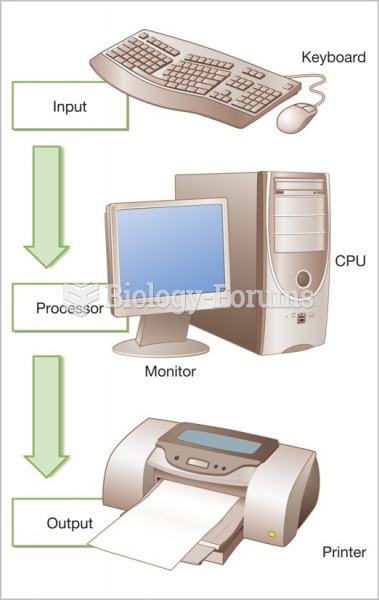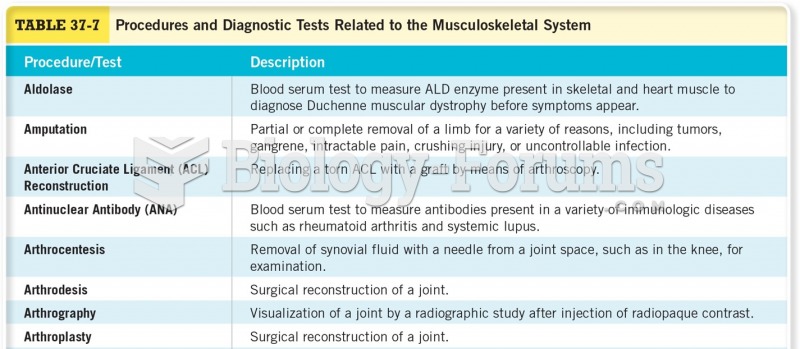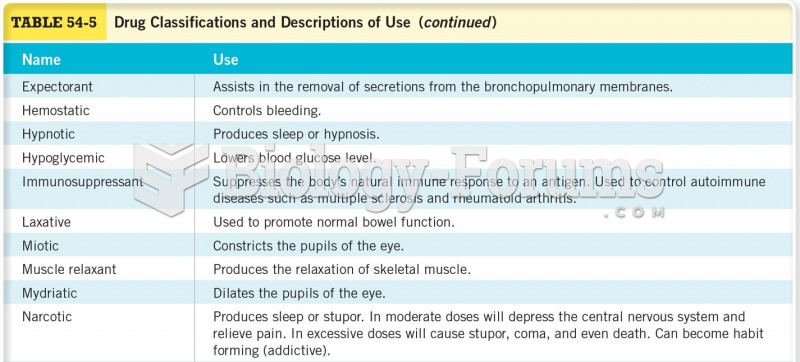This topic contains a solution. Click here to go to the answer
|
|
|
Did you know?
Human kidneys will clean about 1 million gallons of blood in an average lifetime.
Did you know?
Cancer has been around as long as humankind, but only in the second half of the twentieth century did the number of cancer cases explode.
Did you know?
By definition, when a medication is administered intravenously, its bioavailability is 100%.
Did you know?
Medication errors are three times higher among children and infants than with adults.
Did you know?
The longest a person has survived after a heart transplant is 24 years.







